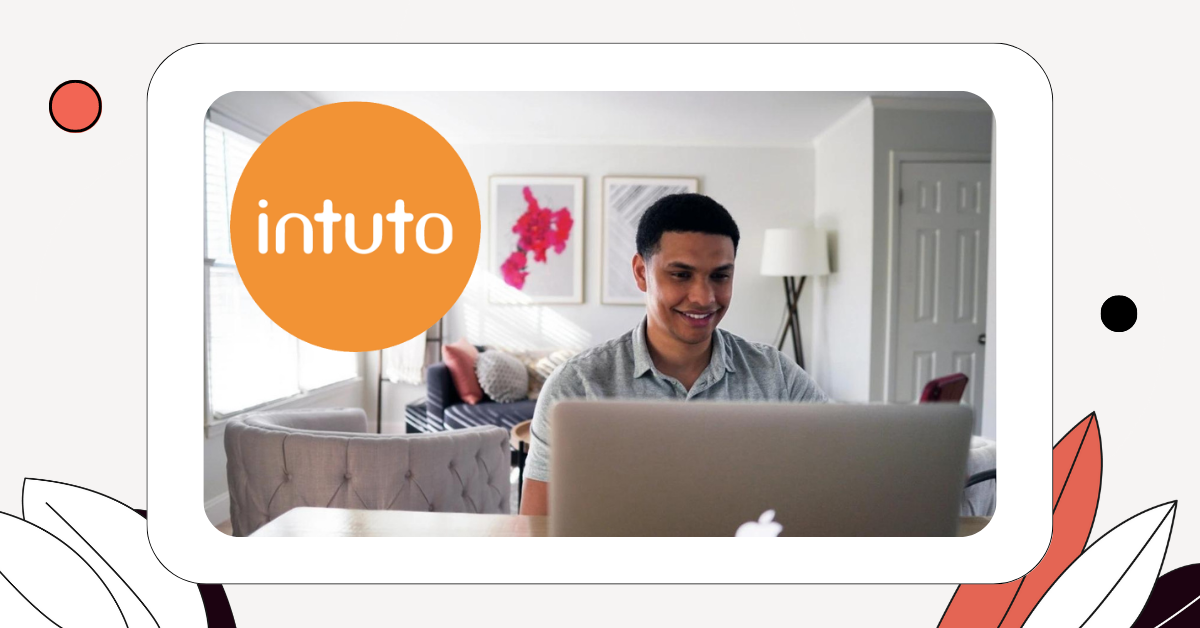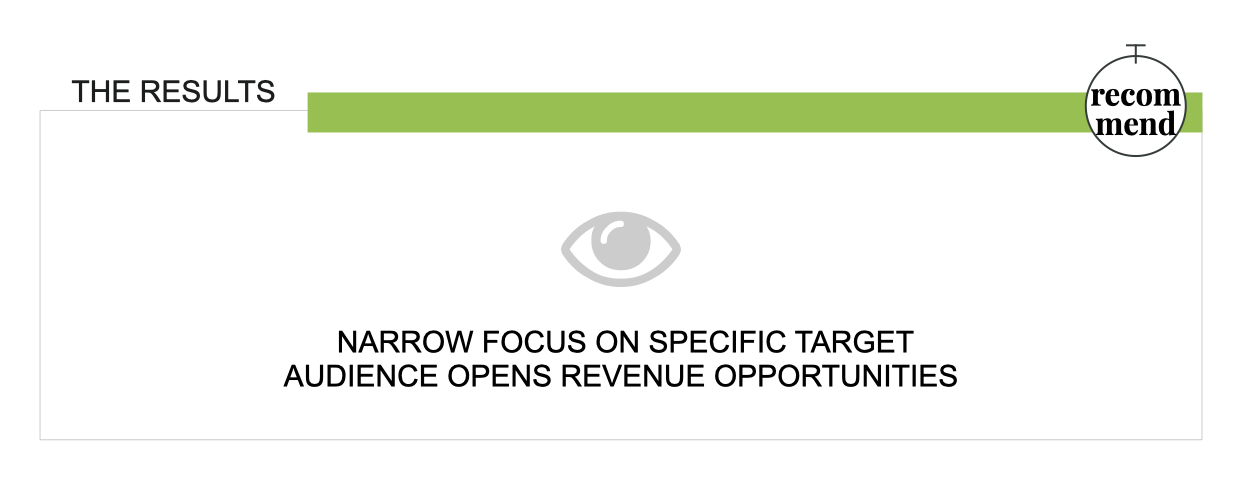4 min read
How Intuto used ADORE to re-position their twenty-year-old brand
 Anna Harrison
Jan 3, 2023
Anna Harrison
Jan 3, 2023

Intuto sensed that they would need to specialize their services and focus on a niche target audience to regain a strong foothold in the market. They used the ADORE process to help them re-position their brand and unlock latent value

The challenge
Intuto was an early pioneer in online education, creating a learning platform and content conversion service in 2000. Early success with several iconic enterprise customers allowed Intuto to focus on their growing business. Early success led to an anchoring of the platform with existing customers, and a delay in responding to the changes in the online learning market. Intuto was facing the challenge of repositioning themselves to regain their market lead in what had become a crowded market. As an additional challenge, the team had some legacy services that they were running as loss leaders. They were also unsure how to introduce changes to their pricing model with grace and respect for their long-standing, loyal customer base.
The approach
Intuto sensed that they would need to specialize their services and focus on a niche target audience to regain a strong foothold in the market. Intuto’s biggest asset was the pool of loyal customers that the business had serviced for over two decades. They leaned on their trusted relationships to gain insights into what their customers valued the most about their services. The plan was to use these insights to find an online education sector that was underserviced yet had enough urgency and cash flow to make the narrowing of target audience profitable for the business.
Intuto began by partitioning all of their existing clients into three segments: high-value, mid-value and low-value. Within each segment, they further divided their customers by sector. Intuto placed calls to representative clients to discover what they valued most about the brand and what they thought they were paying for. Intuto paired these insights with research into the broader trends in online learning.
The team applied the ADORE Process consecutively to a series of experiments of increasing commitment (on their part) and increasing acceptance (on their clients part). The systematic approach of experimentation and validation de-risked the change process for Intuto. The arc of their progress looked a little like this:
- Intuto triangulated the market research and customer interview data and identified the health sector as a target market that was behind the adoption curve in online learning yet had a high need to do so (compliance, safety, efficiency of training, reporting).
- With the health sector in mind, they looked at their database of existing clients to see if they had any existing strong relationships. Going into the exercise, Intuto had thought of themselves as servicing the hospitality industry and a few others. As it turned out, they already had a good number of health equipment manufacturers on their books, they simply had not noticed or focussed on these clients separately.
- Before changing anything too radically on their website, they soft-launched a content conversion service and bespoke pricing model at a health conference. The offer they had constructed resonated with their target audience.
- They created a new landing page targeting the health sector. They were careful to follow the ADORE Process to ensure that the value proposition, trust and credibility, and invitation to take action (through an instant content conversion calculator) were optimally positioned on the new page.
- As a final step, Intuto launched an email marketing campaign targeting health equipment manufacturers to drive awareness of their new offer.

The journey to becoming exclusively focused on the health sector will take a couple of years to execute as the business continues to service existing clients in other sectors. By bringing a more focussed offering to market for a particular audience, Intuto can refine the specialised offering and adjust the pricing model without alienating existing customers.
Why it worked
The approach was at first counterintuitive – a strategy for growth based on eliminating market segments. However, when Intuto completed the first part of the analysis, they found that they were spending most of their resources servicing clients that simply did not have the cash flow to pay for their higher-margin offerings. Removing the low-value customers from their growth plans freed Intuto to consider how to better serve the customers that were in the high-value bucket.
The second part of the analysis revealed that the health sector was in general underserviced by specialist online learning platforms. In numbers, Intuto’s customer majority fell in the low-value buckets – and by chance, the customers in their high-value segments were mainly in the health sector already. The overlap gave Intuto the ability to interrogate these customers further, extract their perceived points of value and stand up a series of experiments targeting a narrower market segment.
The conversations with customers in the health sector revealed that one of the main pain points for this group lay in converting existing pdf or PowerPoint-based training materials into online formats. Intuto had decades of experience in solving for this and now could charge market rates for the services. The majority of their existing clients did not have the capacity to pay for this service, and Intuto was therefore running it as a loss leader to generate goodwill. To the right market segment, the same offering had gained value.
Having collected confidence that their narrower target audience was not only viable but presented a market opportunity for Intuto to take the lead once again, Intuto revised their pricing model. The simplified pricing model was extended with their content creation services as an add-on available to premium subscribers.
Apply it in your business
The customers who already use your services, and the ones that stop using your service, are two largely untapped sources of valuable data. A handful of phone calls to a specific set of customers can reveal more insights than terabytes of data collected by Google – I’m not suggesting that one is better than the other, simply highlighting that your answers could lie hidden with the customers you already have, and the phone calls you can easily make.
To apply the strategies that worked for Intuto in your business, start by segmenting your existing customers into three buckets:
- Low-value customers
- Mid-value customers
- High-value customers
Evaluate objectively whether the low-value customers are worthwhile servicing, and if not, make a conscious decision not to grow in that direction. Focus on your high-value customers, and look for patterns:
- Are there common pain points?
- Are there common sectors?
- Do you understand why high-value customers may have left you?
- Do you understand why high-value customers remain loyal?
Typically, understanding the core values and creating a marketing and growth strategy that focuses on high-value clients will grow your revenue faster than a strategy of diluting attention to service a broader customer base.
However, a word of caution – the decision to focus on a more specific target audience may temporarily lower your performance metrics. Your experience in your business and the industry will give you the information that you need to know whether the dips are temporary or whether the move was a mistake that ought to be reversed. A great way to test the market is the way that Intuto did – by vetting the new offering with the right audience, standing up new targeted landing pages and driving traffic to those. The great thing about digital is that you can experiment with different relationship models simultaneously, adjust, refine and continue doing more of what works for your business.
Using the ADORE Process will give you the systematic foundation to efficiently construct, execute, and evaluate these experiments.
